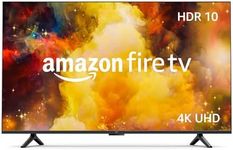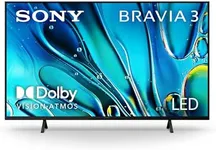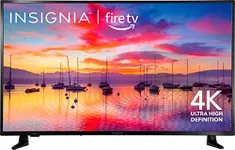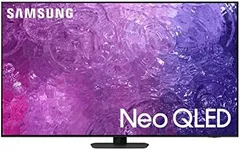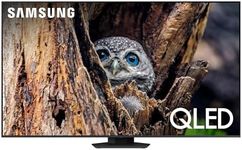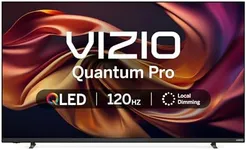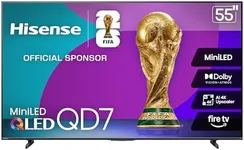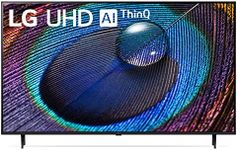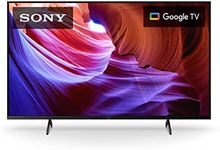Buying Guide for the Best 50 4K Tvs
Choosing the right 50-inch 4K TV can significantly enhance your viewing experience. With so many options available, it's important to understand the key specifications that will impact your enjoyment and how to select the best fit for your needs. Here are the main specs to consider when shopping for a 50-inch 4K TV.ResolutionResolution refers to the number of pixels that make up the picture on the screen. A 4K TV has a resolution of 3840 x 2160 pixels, which is four times the number of pixels found in a Full HD TV. This higher resolution provides a sharper, more detailed image, especially noticeable on larger screens like a 50-inch TV. If you enjoy watching high-definition content, gaming, or using your TV as a monitor, a 4K resolution will offer a superior experience.
HDR (High Dynamic Range)HDR enhances the contrast and color range of the TV, making the picture look more realistic and vibrant. There are different HDR formats like HDR10, Dolby Vision, and HLG. HDR10 is the most common and is supported by most 4K TVs, while Dolby Vision offers a more dynamic and premium experience. If you watch a lot of movies or play video games, choosing a TV with good HDR support can make a significant difference in picture quality.
Refresh RateThe refresh rate is the number of times the TV updates the image on the screen per second, measured in Hertz (Hz). Common refresh rates are 60Hz and 120Hz. A higher refresh rate can result in smoother motion, which is particularly beneficial for fast-paced content like sports, action movies, and gaming. If you primarily watch standard TV shows and movies, 60Hz is usually sufficient. However, for a more fluid experience in fast-moving scenes, a 120Hz refresh rate is preferable.
Smart TV FeaturesSmart TV features allow you to connect to the internet and access streaming services, apps, and other online content directly from your TV. Look for a TV with a user-friendly interface and support for the streaming services you use most, such as Netflix, Amazon Prime, or Disney+. Some TVs also offer voice control and integration with smart home devices. If you enjoy streaming content and want a seamless experience, smart TV capabilities are essential.
ConnectivityConnectivity options determine how you can connect other devices to your TV. Important ports include HDMI, USB, and audio outputs. HDMI ports are crucial for connecting devices like gaming consoles, Blu-ray players, and streaming devices. More HDMI ports provide greater flexibility. USB ports are useful for playing media from external drives. Ensure the TV has enough ports to accommodate all your devices. If you have multiple devices to connect, look for a TV with at least three HDMI ports.
Audio QualityWhile picture quality is often the main focus, audio quality is also important for an immersive experience. Built-in TV speakers vary in quality, and some may not provide the best sound. Look for TVs with good built-in speakers or consider a TV that supports external sound systems like soundbars or home theater systems. If you value high-quality sound, investing in a TV with superior audio capabilities or planning to use external speakers can enhance your viewing experience.
Viewing AnglesViewing angles refer to how well the picture quality is maintained when viewed from different positions. Some TVs, particularly those with VA panels, may lose color accuracy and contrast when viewed from the side. IPS panels generally offer better viewing angles. If you have a wide seating arrangement or often watch TV with a group, consider a TV with good viewing angles to ensure everyone has a great view.
Brand and WarrantyThe brand can be an indicator of quality and reliability. Established brands often offer better customer support and more reliable products. Additionally, check the warranty offered by the manufacturer. A longer warranty period can provide peace of mind and protection against potential issues. If reliability and support are important to you, choosing a reputable brand with a good warranty is advisable.
